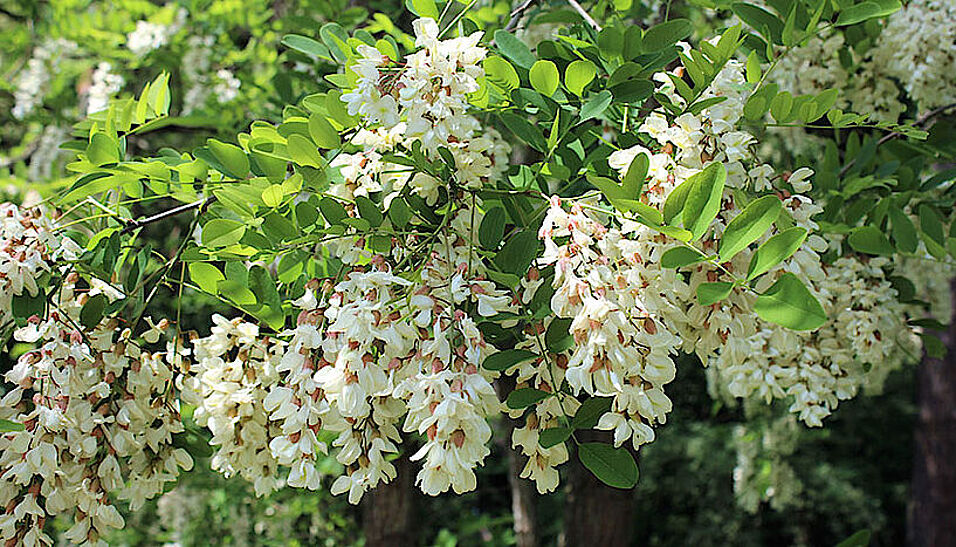The black locust, which is also very common in Austria, is an example of a superinvasive plant, said Franz Essl of the Department of Botany and Biodiversity Research at the University of Vienna: "The tree is widespread across Europe and where it occurs it colonizes a wide range of habitats, such as forests, fallows and abandoned meadows." Wherever it grows, it becomes the predominant tree because it reproduces quite rapidly by root runners. So it fulfills all three disciplines with flying colors.
Local repression of the species
There's virtually nothing that can be done about such a superinvasor, Essl explained, but it's different with invaders that are only good at one discipline for now. "If a non-native species starts to dominate a local plant community, while having little potential for geographic expansion and specializing in a certain type of habitat, countermeasures could focus on pushing the species back locally," said the researchers led by Mark van Kleunen of the University of Konstanz.
Nevertheless, caution is advisable: If an invasive plant is found that is successful in only one of the dimensions, but is also new, this should be a cause for concern. This is because it could later also become successful in the other disciplines, explains his colleague Trevor Fristoe. (APA)

